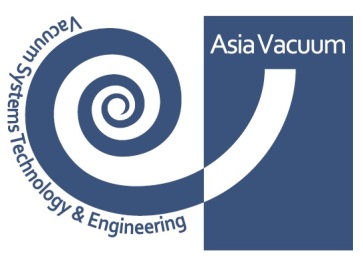[fsn_row][fsn_column width=”12″][fsn_text]
Dry Vacuum Pumps) DRY ROTARY VANE)
It is called DRY ROTARY VANE.
Ventory side channel dry vacuum pump
:Dry Vacuum Pumps) DRY ROTARY VANE)
The impeller of the Venturi Side Channel dry vacuum pump is designed to create a turbulent (air vortex) at a speed of 3,000 rpm, blowing on one side and sucking on the other. Single impeller (one floor) up to 300 mbar, two impellers (two floors) 400 mbar Three impellers (three floors) vacuum 450 mbar.
Graphite blade (carbon) dry vacuum pump
Graphite blade dry vacuum pumps are known as dry rotary vane, its design is like oil rotary but its blades are made of carbon (graphite), it is made in a very small size and up to 500 cubic meters. The maximum vacuum of this pump is 80 mbar. They are known as oil less. Due to continuous work and heat, the blades have a lifespan of nearly one year and must be replaced after that.
Two-axis dry vacuum pump (Booster Vacuum)
Two-axis dry vacuum pumps are the same as Roots Blower, with changes in the Seal Ring capable of creating a vacuum of up to 0.001 millibars. Root blowers normally have a vacuum of 500 mbar at the inlet. By changing its sealing, it can reach a vacuum of 0.01. Two-axis dry vacuum pumps are the same as screw pumps. The function of dry vacuum pumps, such as screw, compressors, is to have a vacuum of up to 0.001 mm at the inlet. None of the vacuum boosters can create a vacuum alone, a backup pump must be connected to their outlet (Backiny Pump). First, vacuum the backup pump inside the booster so that the pressure difference reaches ΔP = 50 mbar. Then the booster pump starts working. Dry vacuum pumps are packaged in a package of oil pumps, blue rims and ejectors to several stages to reach capacity and vacuum.
Roots Booster dry vacuum pump
Roots vacuum pump is a two-axis machine that rotates its rotors to create suction on one side and blow air on the other side. In the case of low pressure and oil-free root booster pumps, two symmetrical lobes in the working chamber They rotate. In combination with a displacement pump (for example, a vane rotary pump), root blowers are often used at pumping stations to reach very high discharges with a high final vacuum.
Side channel dry vacuum pump
Side duct blowers provide air suction or blowing for a variety of industrial applications. They have a rotating impeller faster than contact and are therefore wear-free and maintenance-free. There are two separate ring channels on both sides of the impeller with a housing. This means that a single-stage device with a large flow rate or a two-stage device with a larger pressure difference is possible.
Scroll dry vacuum pump
SC scrolling vacuum pumps consist of both a fixed flow and a circuit. By moving the scroll in the circuit, an empty space is created at the pump inlet and draws the gas. As the rotor moves further, the gas is continuously compressed until it is discharged into the atmosphere at the pump exhaust. The scroll pump design provides 100% oil-free operation because it does not require any lubrication. The bearings are detached from the compression chamber so no contamination of the pumped gas is possible. In addition, the leak-proof design (x 1×10-6 mbar l / s) helps to prevent contamination of the pumped gas by ambient air. Maintenance is limited to changing the scroll tip seal, which is easily done by the operator without the need for special tools.
Piston dry vacuum pump
These types of vacuum pumps can be mentioned in cases such as aircraft components. For aircraft platforms, there are two main choices for vacuum pumps – dry and wet. Both types of pumps use the same rotary vane technology to provide suction (or pressure for pressure type systems). But there is a new kid in the vacuum pump block: a dry-piston pump manufactured by Asia Vacuum Pump Industries. We will look at how it works and some maintenance issues that the mechanic should be aware of.
[/fsn_text][/fsn_column][/fsn_row]
